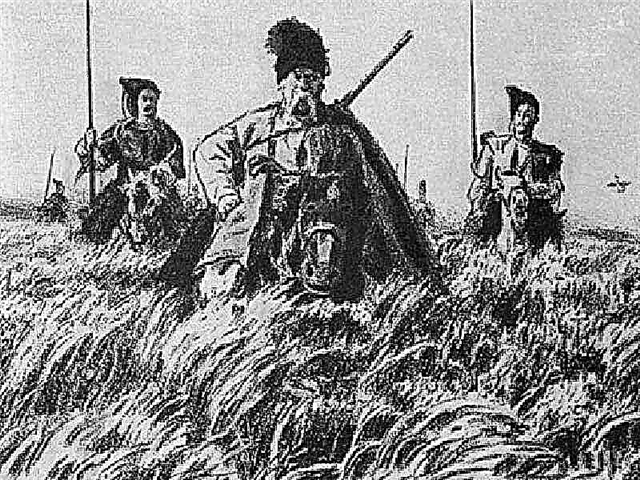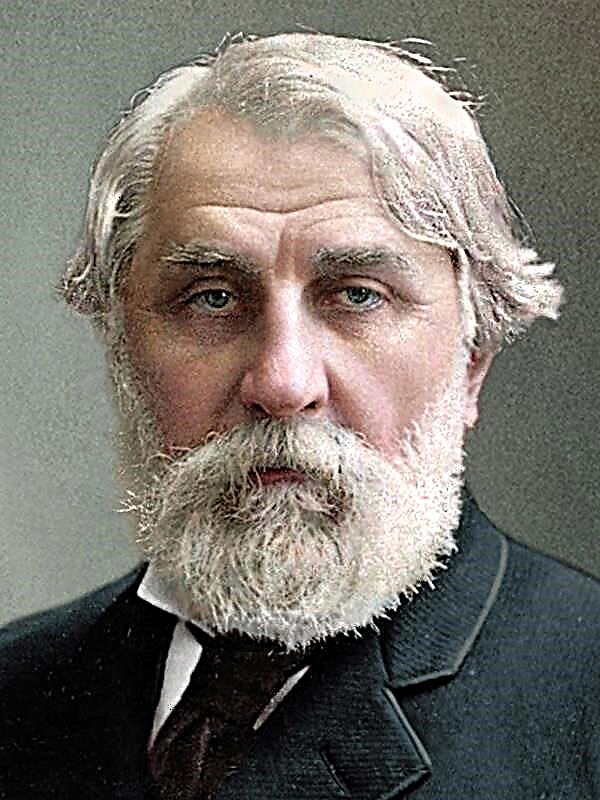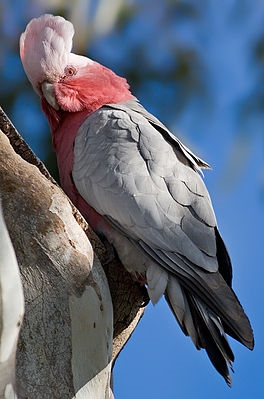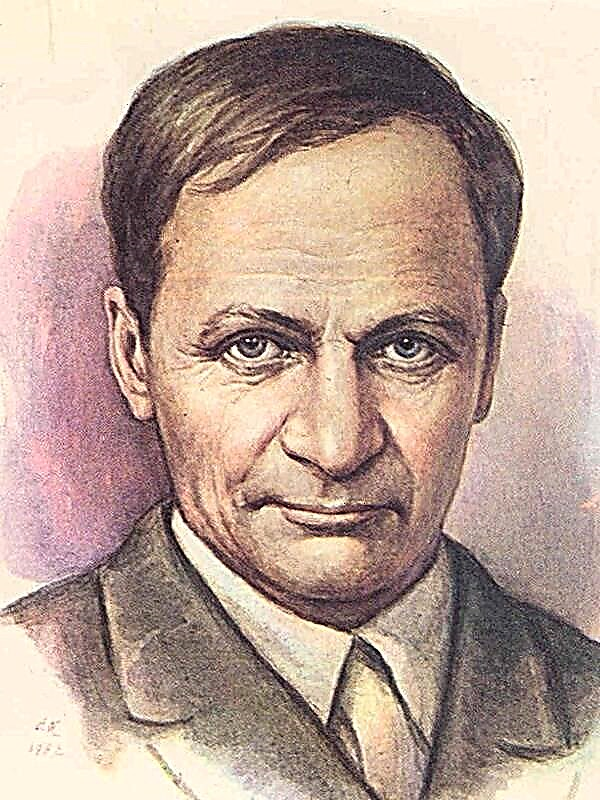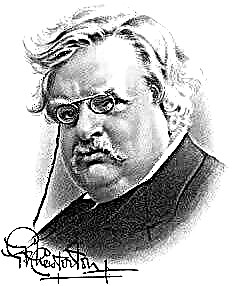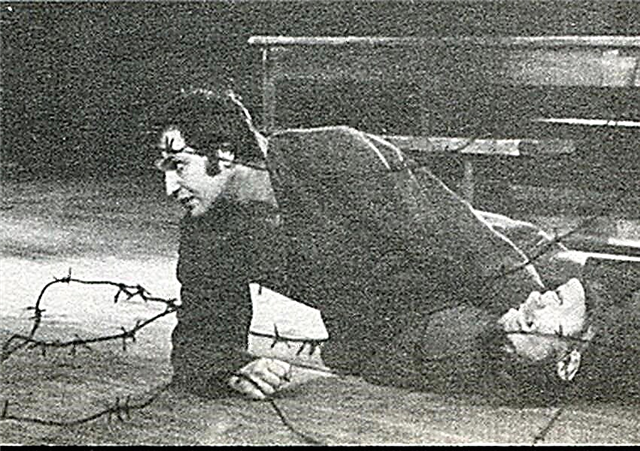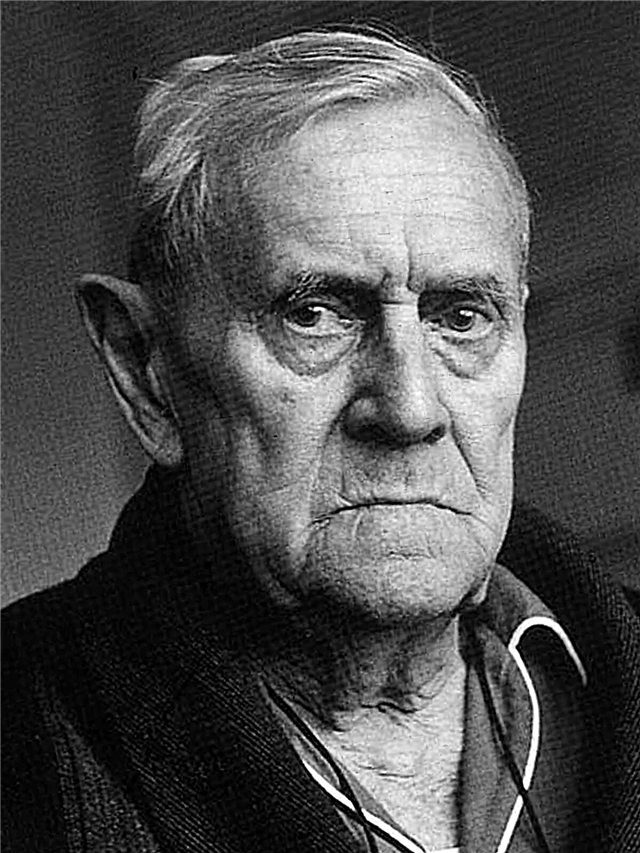The lyrics of Lermontov are known to many lovers of fine literature, because she does not lose her charm. Beautiful verses do not age, and people are puzzled by the same global and eternal questions that the author wrote about. For example, his work “Angel” is dedicated to spiritual quest.
History of creation
The poem "Angel" was written in 1831. Lermontov created this work as a young man. A lullaby song, which the poet often heard in the performance of his mother, served as a creative impulse to writing, and this poem was dedicated to her.
However, the author borrowed only the form, completely changing the semantic filling of the text.
Genre, direction and size
“Angel” is an example of a work created in the spirit of romanticism. It can be considered as an elegy, because the intonation of melancholy thoughtfulness is enhanced in the work. In addition, when reading, a feeling of melody is created, mixed with a sublime tone, which is achieved thanks to the words with high stylistic coloring. Before us is the Old Slavonic vocabulary, for example, “cherub”; “Spirits” with emphasis on the last syllable; inconsistent combination of sounds in the word “young” and others. Lyrical pathos is created due to internal philosophical semantics, which is beaten by a religious plot.
The poem is written by four-foot amphibrach. Size creates the intonation of the tune. This led to the fact that many prominent Russian composers used “Angel” to create their creations: S. V. Rachmaninov, A. E. Varlamov, N. A. Rimsky-Korsakov, A. G. Rubinstein.
Images and Symbols
The text contains references to the Bible and religious symbols. Lermontov contrasts two worlds: mountain and dolny.
- The first is associated with the purity of the singing of an angel in a boundless sky and the power that “is subject to the month, and the stars, clouds.
- The second personifies the eternal wanderings and the vanity of everything.
The lyrical hero before birth was in the arms of a divine angel, who put the sound of his innocent and life-giving song into his soul. Now the young man arrives in an earthly world full of “sorrow and tears.” However, somewhere deeply he retained that radiance from a meeting with an angelic image. He did not remember the words, but a divine sound remained in his soul, which serves him as a guiding light on sinful earth. And all the melodies of the world unimaginable in their beauty cannot be compared with that subtle angelic singing that has leaked into the heart of the lyrical hero. A clear sound fills it and gives strength and hope for a possible meeting with this bright image again.
Themes and mood
- Lermontov touches on the topic of the immortality of the human soul and its possible merger with the abode of angels.
- The poem also contains the theme of the mortality of earthly life, filled with suffering. Lermontov reflects on the line that lies between two worlds so distant.
- Here another topic arises - loneliness and estrangement from everything that happens around. After all, the hero’s soul preserved a sound inaccessible to others, which means that it is doomed to misunderstanding and exile.
Main idea
The main idea is that the poet contrasts the world in which the lyrical hero resides, and the wonderful symbolic image to which he aspires. The motive of double peace is generally peculiar to romanticism: the real world and the other world are reflections of each other. Earthly life is a distorted image of heaven. There are also beautiful melodies here, but not one of them will ever sound like angelic singing.
The poem is sustained in a melancholy mood, but at the same time has some kind of gentle glow. The lyrical hero, despite the presence in the sinful world of suffering, lives on dreams of eternal music that fill his heart with love. He finds the meaning of being in the pursuit of this ideal.
Means of artistic expression
The plot is based on the antithesis: “the world of sadness and tears” and the world of angels. The poem was written at a young age, so the epithets are quite simple but accurate: “silent song”, “holy song”, “sinless spirits”, “great god”, “wonderful desire”, etc.
There is one more significant contrast in the text: the “silent song” of the angel and the “boring songs of the earth”. The intonation pattern helps to build sonorous sounds, which are very many in the text. If you analyze the last quatrain, it will become noticeable. I think that here we are talking about an unplanned alliteration that has filled the poem with additional depth of sound.

